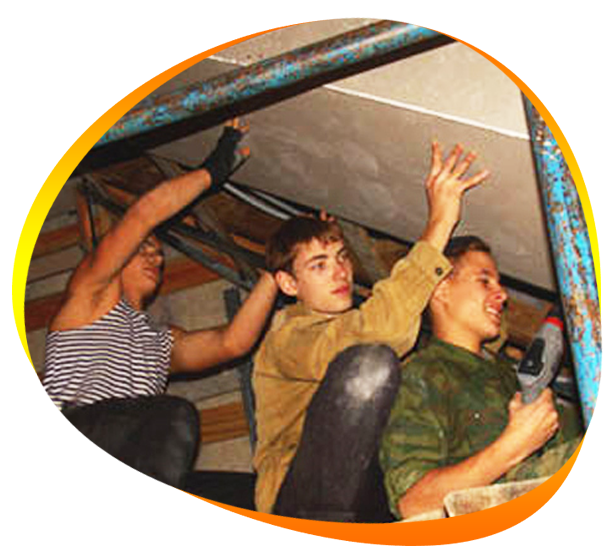
Kin School
This forest school uses the mixed age classroom model with students teaching other students. “The diversity of the daily subjects— athletic, artistic and intellectual, also means that every student is, at least, once a day in the position of a teacher who helps his classmates, as there is always a subject or a skill in which he is really good at. On the one hand, this leads to a high level of continuous motivation. On the other hand, it is quite normal to be instructed by another student and is, therefore, accepted without any problems.” (Not) learning is only part of the school.
- In the Kin School Model, the students manage themselves completely. They brick up their school, they saw the boards from which they build furniture in their own sawmill, they renovate, do the accounting, do their own laundry, cook, learn to sew their own clothes, design their rooms with complex wall paintings and mosaics.
- Everyone, regardless of age, takes part in all of these activities. Anyone who leaves this school is an all-round genius and is not only competent but confident.
- The diversity of the daily subjects— athletic, artistic and intellectual, also means that every student is, at least, once a day in the position of a teacher who helps his classmates, as there is always a subject or a skill in which he is really good at.
- On the one hand, this leads to a high level of continuous motivation. On the other hand, it is quite normal to be instructed by another student and is, therefore, accepted without any problems.
- At first glance, the school day looks very long. But you can clearly see that creative work alternates with theoretical lessons. This is one of the most important basic patterns in the daily routine.
- This addresses the duality of the human brain, the left brain hemisphere with systematic thinking, the right hemisphere with intuition and creativity. If you achieve a balance between right and left hemispheric activities, the students tire less and the learning success increases sharply. That is why the daily routine is structured accordingly.
- Remember there is also no value for the subjects as we know them. Here at the school, for example, the natural science subjects are not considered to be “more important” than art or music. At the Shchetinin School, all subjects are considered equally valuable and useful.
” A genius in every child”, a book written by Monika and Mary
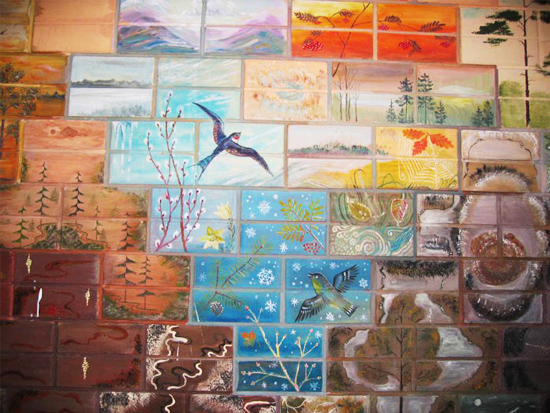
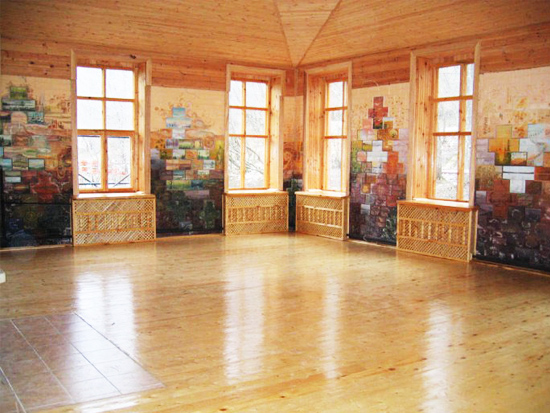

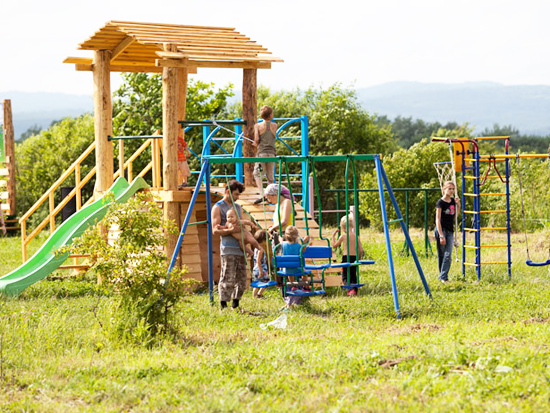

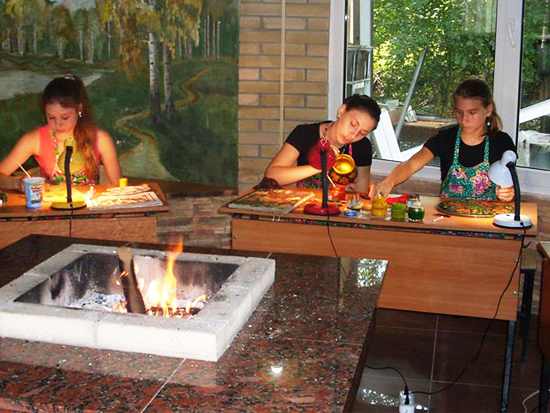

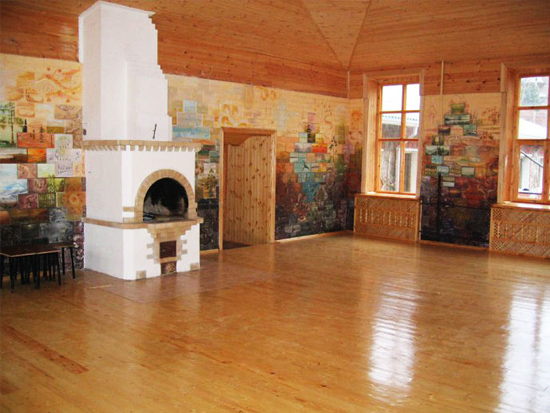

Previous
Next



